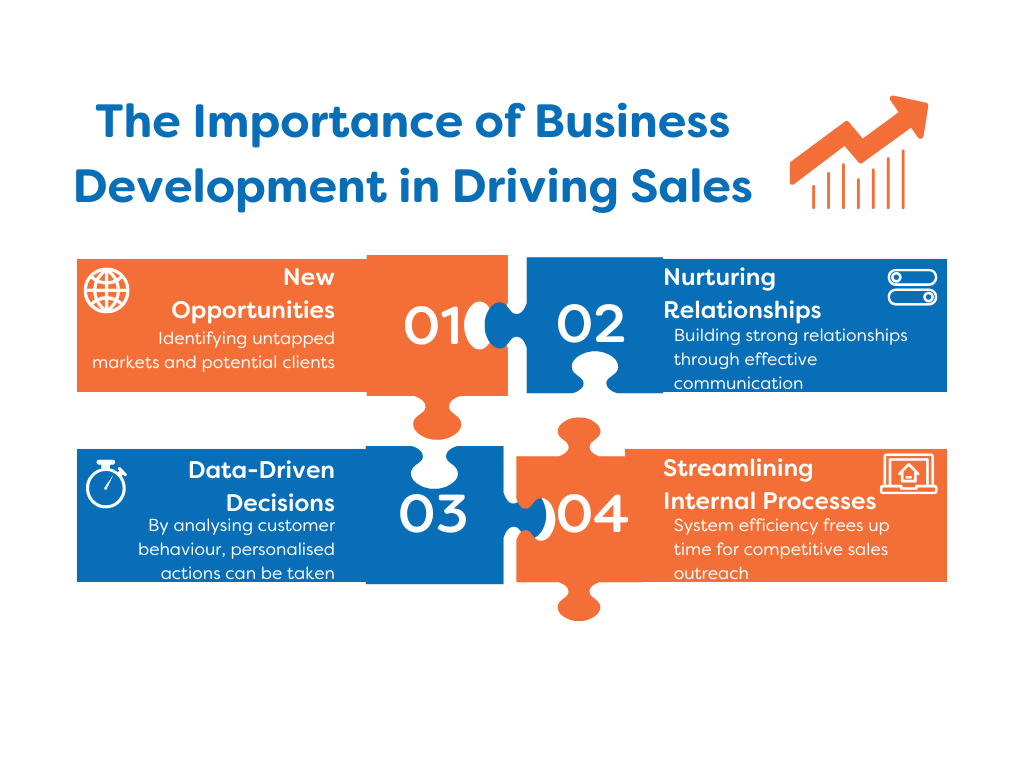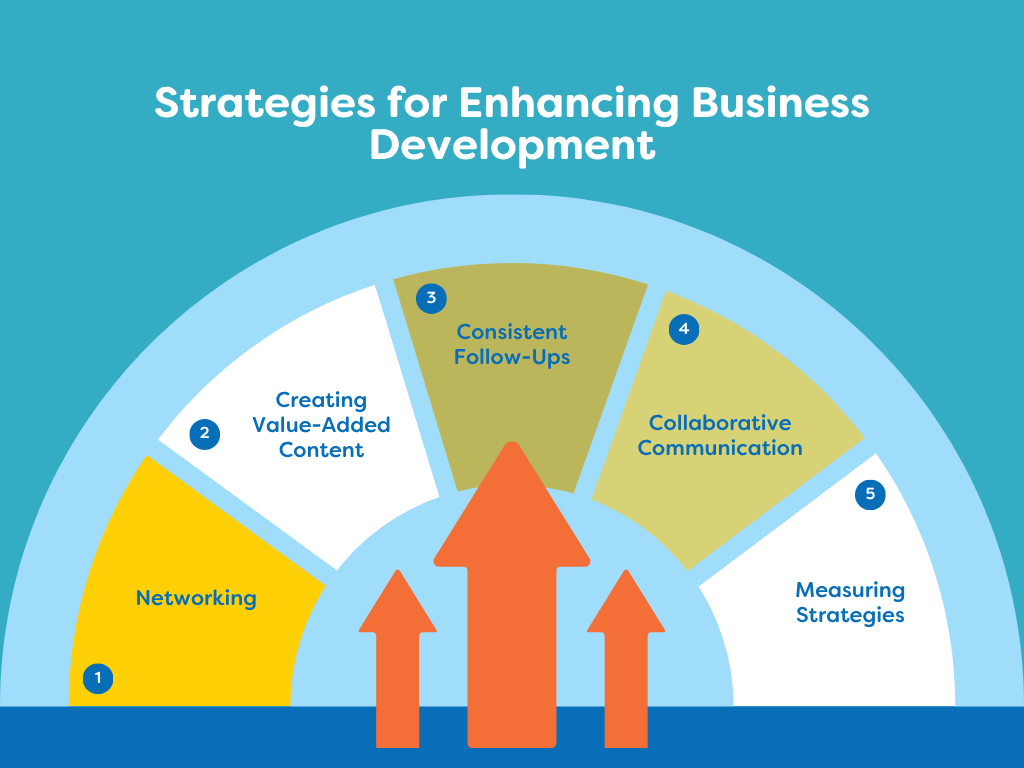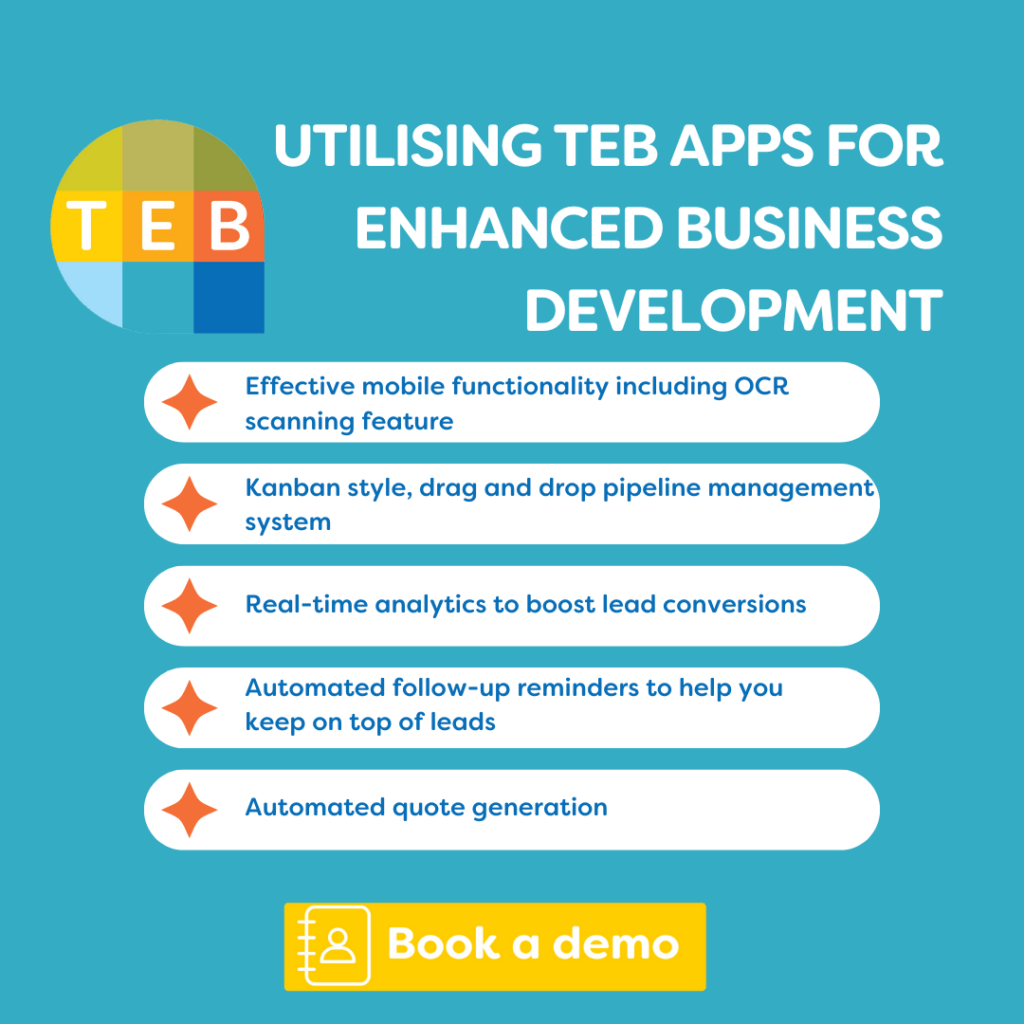Customer Relationship Management (CRM) software has been around for quite some time now, and many businesses are already making use of these tools – but with evolutions in technology and changes in customer demand, older platforms and programs are now woefully out of date.
In this article we are going to walk you through everything you need to know about CRM software, from what it is and how it has changed in recent years, to how to identify if you need a CRM or an upgrade, then finish up with 10 key factors you should be looking for in an optimal CRM for your business.
(more…)Service industry businesses often struggle against huge numbers of other businesses to try and stand out from the crowd, boost their reputation, increase their sales, and generate long-lasting customer relationships. With limited time and resources, how you handle your business structure can make a huge difference, and this is where sales automation comes into play. In this article we have a look at cleaning service providers and the challenges of managing leads in this niche. We will then discuss how Customer Relationship Management (CRM) software and strategic sales automation can dramatically increase your bottom line.
(more…)We are coming to GITEX Global 2025 and are looking forward to seeing you there! Visit us and learn about the future of business automation and CRM software, TEB.
(more…)What is one of the biggest issues with CRM software? If you are thinking of their dashboard, you would be correct. CRM software typically overwhelms the user by showing too much information, which detriments sales performance due to not knowing where to begin. This is where TEBs sales dashboard comes in.
(more…)According to a Forbes article, data-driven organisations are 23 times more likely to acquire customers, six times as likely to retain them, and 19 times more likely to be profitable. By leveraging data analytics, companies can better understand customer behaviours and preferences, leading to more effective marketing strategies and stronger brand loyalty.
Your business relies on a good balance of new customers and existing ones, and considering how much more it costs to gain new customers (when compared to maintaining returning ones), you really want to ensure your lead generation and targeting is on track.
In this article we are going to look at AI for lead generation, and how the use of this technology has evolved the process. We will review how AI identifies, scores, and nurtures leads, and then check out how reducing manual input can increase your return on investment (ROI).
(more…)When a university intern joined the TEBillion team for a summer project, they brought a bold idea to the table: “What if we turned TEB into a teaching tool for teachers and students?”
(more…)Business development plays a pivotal role in driving a company’s growth by exploring avenues for revenue generation and nurturing relationships that lead to sales. At the core of effective development lies the art of understanding customer needs, recognising market trends, and forging meaningful connections that transform potential leads into lasting partnerships. A well-executed strategy is essential for creating a sustainable sales pipeline.
Business development is the process of identifying and cultivating new business opportunities. This broad category spans activities like networking, market expansion, partnerships, and customer relationship management. The primary aim is to create a sustainable model that not only attracts new prospects but also maximizes the potential of existing clientele.

Implementing effective business development techniques can supercharge your sales efforts. Here are some actionable strategies to consider:

With all these strategies in play, harnessing the power of a comprehensive CRM system like TEB Apps becomes essential. TEB Apps innovative solutions help streamline processes, optimise lead management, and enhance engagement from initial contact through to closing deals. TEB Apps allows you to do all that by leveraging enhanced features such as:

Are you ready to transform your approach to business development and see a marked improvement in your sales figures? Book a demo with us today and discover how TEB can empower your teams to reach new heights by streamlining your business development processes.